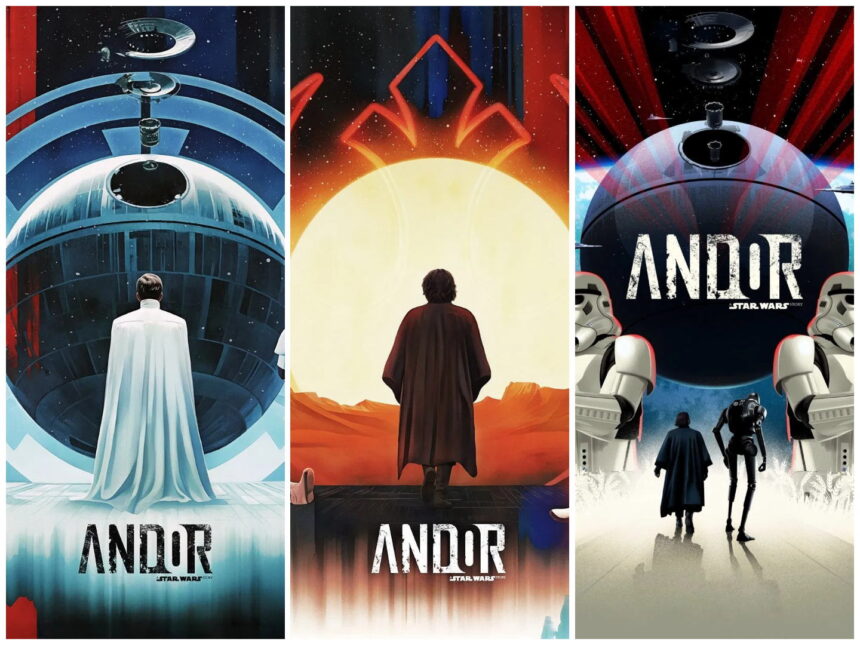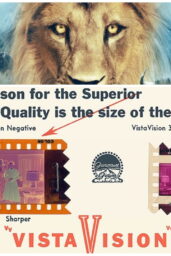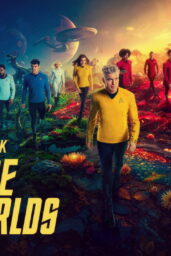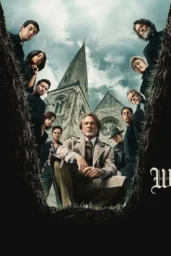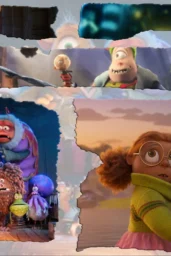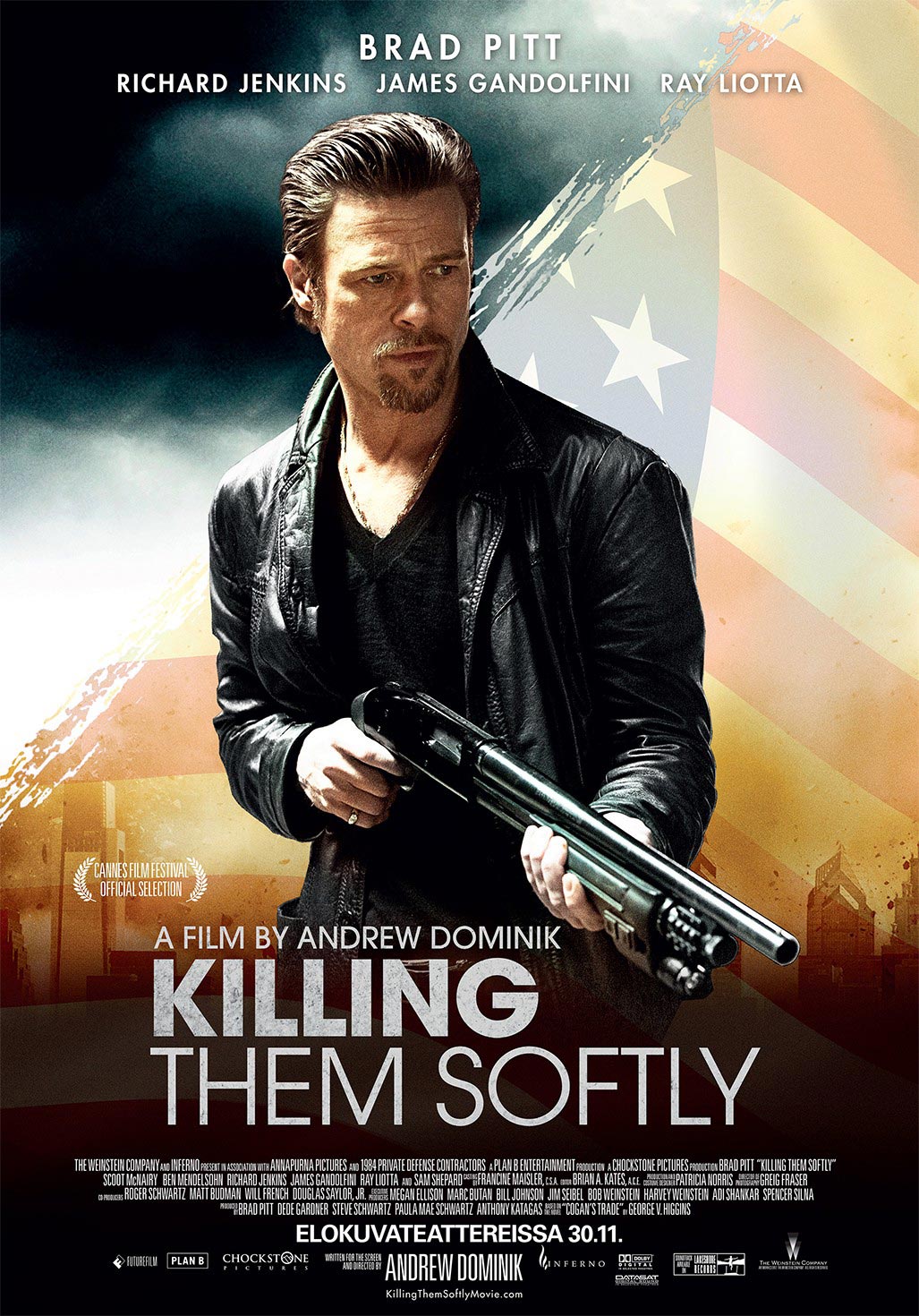The first time I saw Andor shoot in the “City of Arts and Sciences” in Valencia, I didn't think Star Wars. I thought: Blade Runner took a Xanax and joined a resistance cell. That's the point.
Disney's newly released behind-the-scenes featurette for Andor Season 2 isn't just about building sets—it's about building belief. And what it reveals is a franchise veering away from space opera into something more grounded, more insurgent, and—dare I say it—more cerebral.
The series, a prequel to Rogue One, already had street cred for its gritty political edge. But this new peek behind the curtain suggests the creators, led by Tony Gilroy (yes, the Bourne guy), are playing a long game—using design to radicalize the aesthetic of Star Wars.
Filming in Spain's futuristic architectural landmark isn't just a flex. It's a visual manifesto. You don't rent out a place like Ciudad de las Artes y las Ciencias unless you're making a statement. As production designer Luke Hull notes in the featurette, the space's brutal elegance lets the world look like tyranny. Cold, clinical, bureaucratic. That's the Empire now. And when Cassian Andor (Diego Luna) walks through it, the contrast isn't just physical—it's moral.
The show's DNA still holds rebel blood, but the tone? It's shifting. Season 1 followed Cassian from cynic to soldier. Season 2? It's trench warfare, just with better lighting. Characters like Saw Gerrera (Forest Whitaker) and K-2SO (Alan Tudyk, finally back) signal the creeping chaos and ideological fractures ahead.
Even the casting choices speak volumes: Adria Arjona (coming off Hit Man buzz), Stellan Skarsgård's enigmatic Luthen Rael, and Genevieve O'Reilly's Mon Mothma all suggest a series in full collision mode—power, betrayal, sacrifice. And that's before Ben Mendelsohn even shows up.
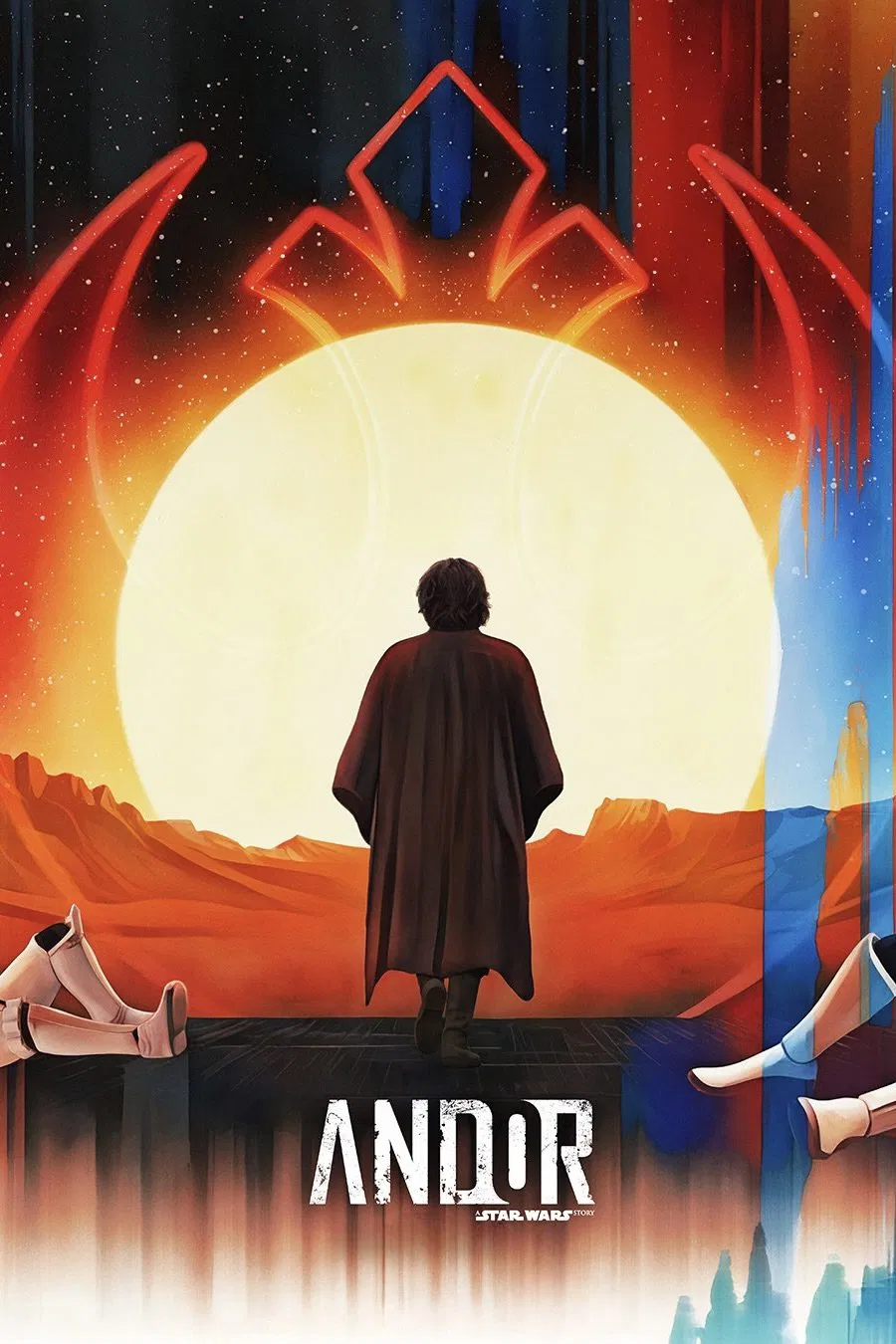
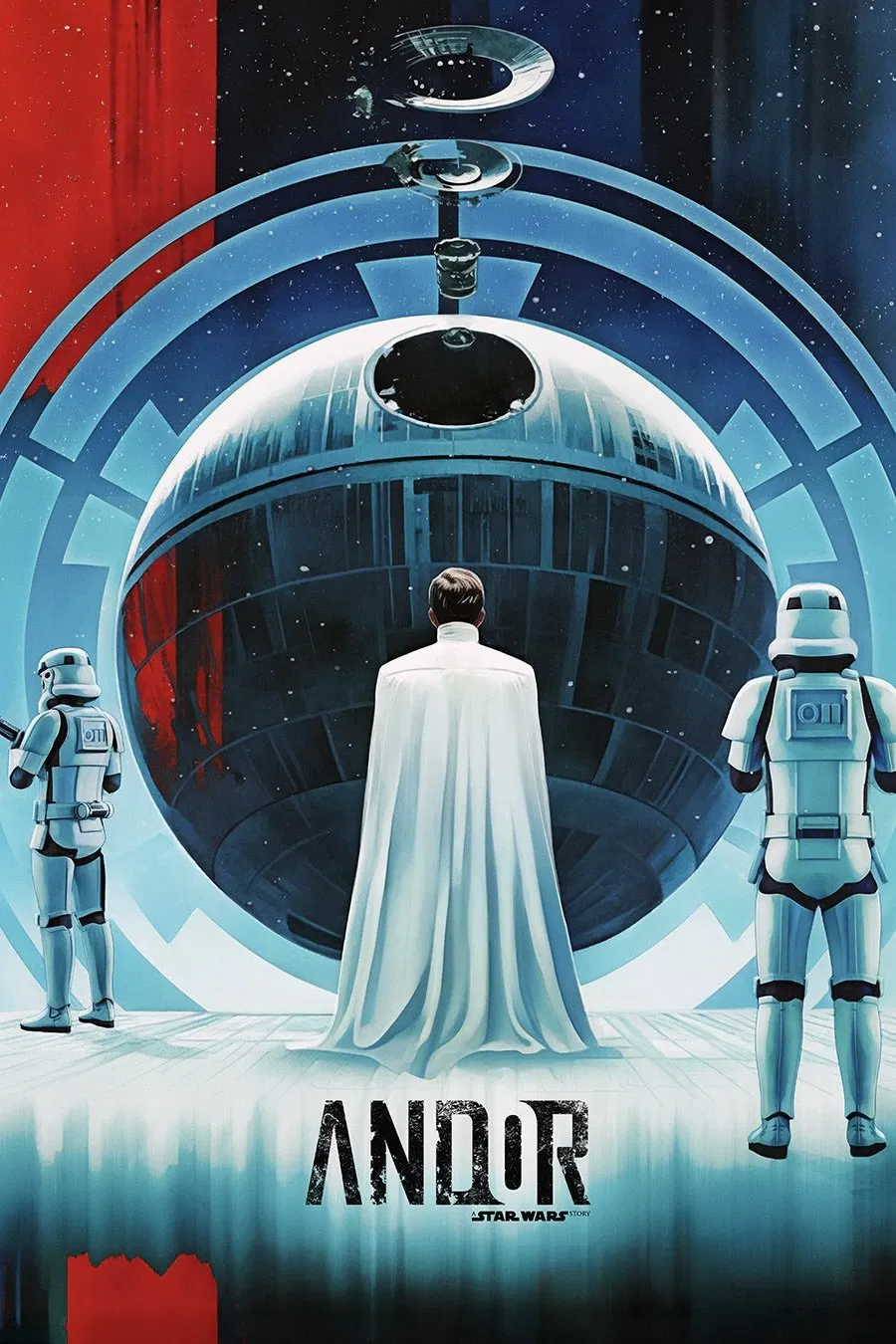
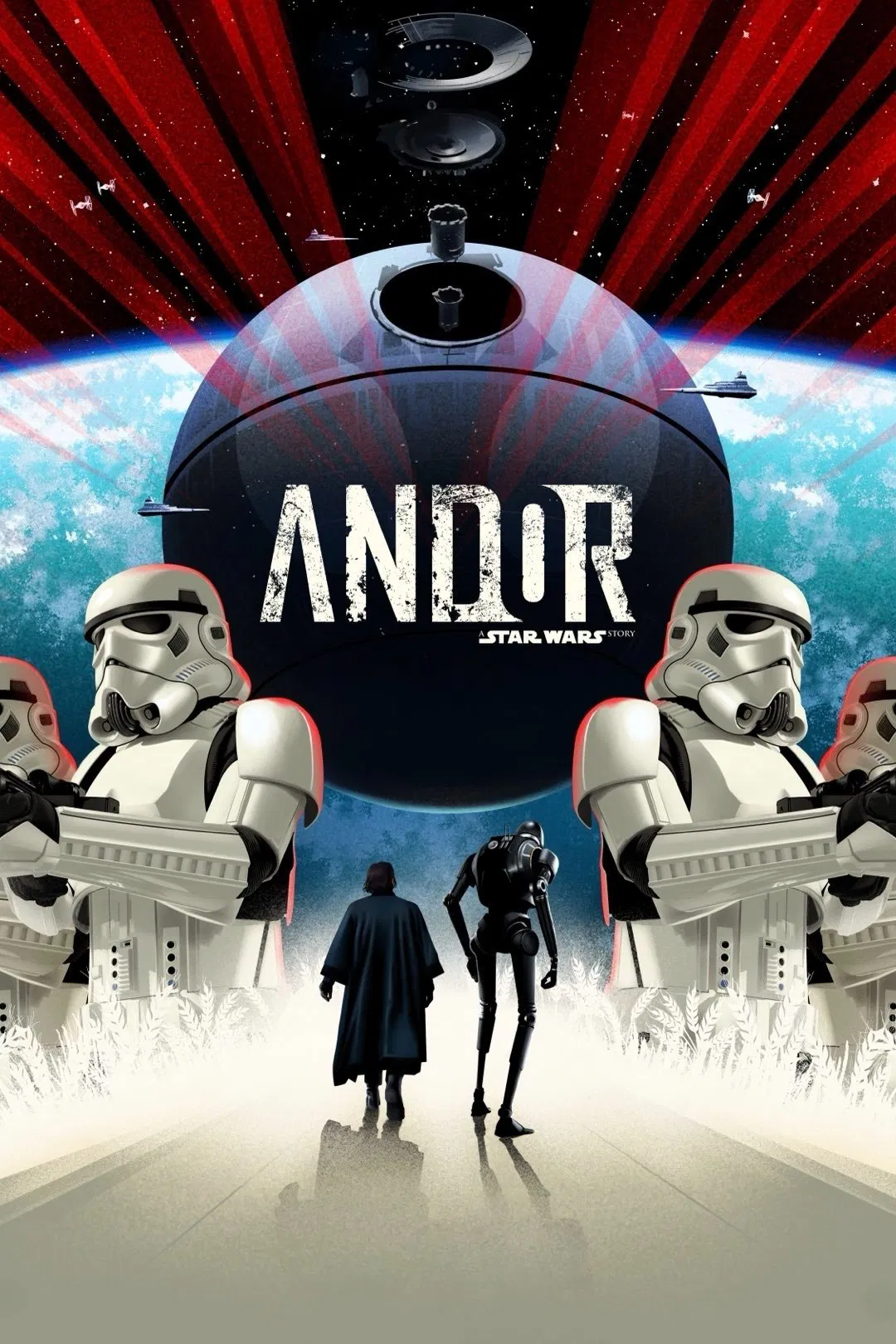
This architectural pivot mirrors a wider trend in genre television—what we might call aesthetic realism. Think of Foundation‘s Apple-store utopia or The Expanse's dirty steel corridors. Prestige sci-fi is ditching the green screens for location shoots that look like they were curated by political theorists.
Back in the 2010s, Game of Thrones shifted the fantasy landscape by filming in real-world locales that evoked historical gravitas (Dubrovnik = King's Landing). Andor seems to be following that path. But where Thrones leaned medieval, Andor leans into the fascist-futurist—like a UN building redesigned by Darth Vader.
This isn't new for Tony Gilroy. His Bourne films were shot like spy thrillers with anxiety disorders. He once said, “I like watching people lie.” That ethos pulses through Andor, where every corridor hides a motive, and every clean wall covers a dirty truth.
So here's the uncomfortable truth: Andor may be the least “Star Wars-y” Star Wars ever made. And that's why it matters. In an age of multiverse fatigue and IP recycling, it dares to build a world that looks lived-in, fought over, and—most dangerously—real.
Would you trade nostalgia for nuance? This show already did.

